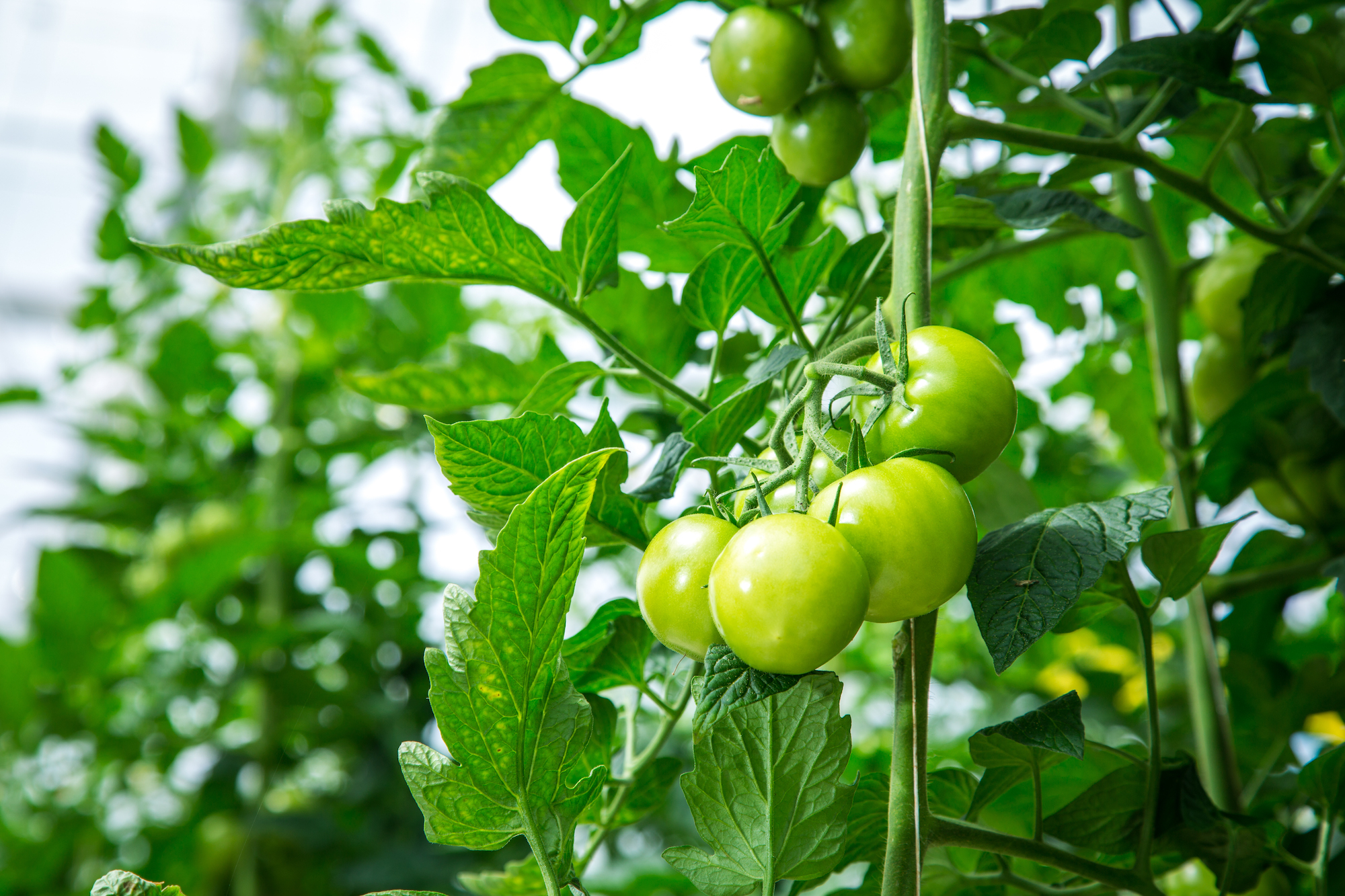Unique results of plant sap study
12 March 2020 - Articles
In 2019, Eurofins Agro carried out a large-scale practical study looking at the relationship between nutrients in plant sap and in dry matter in leaves and fruits. Plant material of 5 crops from 18 growers was collected for a period of 8 to 10 weeks, with a total of almost 500 kg of leaf, stem and fruit material analysed. The initial results have now been made public.
What proportion of the nutrients supplied to the crop has it actually taken up? This question occupies the minds of many growers. If you are aware that plants are taking up too little of a particular nutrient, you can take targeted action and avoid reduced yields.
The Eurofins Agro experiment aims to shed light on the quantities of nutrients taken up. Petra van Vliet, researcher at Eurofins Agro: “There are two possibilities to analyse nutrient uptake: dry matter analysis and plant sap analysis. The first method has been in use for some time and it involves analysing all the nutrients fixed in the plant. A wide range of target values are available for this method. The second method, plant sap analysis, is in use for commercial growers for approx. ten years. Eurofins Agro is offering plant sap analysis since last year. At the same time Eurofins Agro set up a large-scale practical study for further investigation of this analysis method. We did this for two reasons. Firstly, there was no scientific interpretation of the values identified. And secondly, Eurofins Agro had no reliable target values for the various nutrients at the time. To enable us to produce reliable recommendations based on the results of a plant sap analysis, we conducted an experiment in collaboration with several growers last year. This involved measuring plant material (leaves, laminae and petioles and harvested products) using dry matter and plant sap analyses. The results enable us to identify relationships which can be used as indicators for plant quality.”
Five crops
The experiment looked at five different crops grown on several substrates and included tomato, cucumber, sweet pepper, strawberry and chrysanthemum. Sample takers from Eurofins Agro or the growers themselves collected leaf and stem material over an 8 to 10 week period. The nutrient concentrations in the leaves and petioles were analysed separately. The quality of the harvested product was also monitored, and climate data was collected.
 Van Vliet: “An experiment on this scale looking at the composition of plant sap and how it relates to crop development and product quality is unique. We collected a huge amount of data. This enabled us to identify reliable relationships between aspects such as the levels of nutrients in plant sap and in dry matter.”
Van Vliet: “An experiment on this scale looking at the composition of plant sap and how it relates to crop development and product quality is unique. We collected a huge amount of data. This enabled us to identify reliable relationships between aspects such as the levels of nutrients in plant sap and in dry matter.”
The initial results were surprising. “We are seeing unexpected differences in uptake patterns between the various crops and even between nutrients. For example, we can see that older cucumber leaves fix a lot of phosphate and that there is relatively little phosphate in the plant sap. With potassium, on the other hand, we can see a clear relationship between the levels in plant sap and dry matter in all crops.”
Relationships examined
Van Vliet has since translated the data into target values for the five crops studied. The values have been added to the plant sap analysis report. She is now working on further interpreting the data and translating it into advice. “We will be looking at whether there is a link between the composition of the nutrient solution, nutrient uptake and climate. We will also be relating the data to yield figures. Our aim is to be able to provide sound advice on improving and maintaining production based on all the analysis data.”
More information
Please contact horti@eurofins.com
